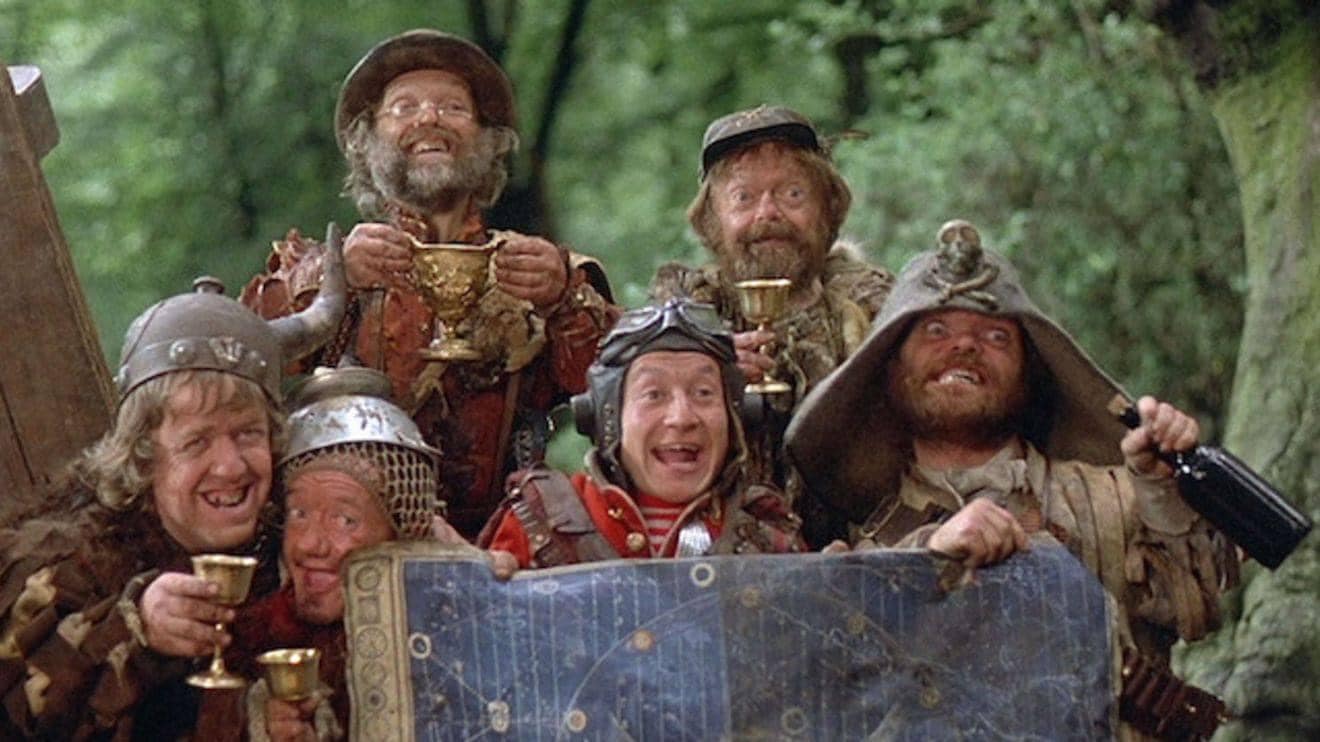Time Bandits (1981)

Title: Exploring the Timeless Adventure of “Time Bandits” (1981)
Released in 1981, Terry Gilliam’s “Time Bandits” stands as a remarkable blend of fantasy, adventure, and satire that has captured the imaginations of audiences for decades. The film’s content and underlying meaning offer a rich tapestry of themes and ideas, making it a timeless classic.
Plot Summary: “Time Bandits” follows the whimsical journey of a young boy named Kevin, who finds himself unexpectedly embroiled in a fantastical adventure through time. His ordinary life takes a dramatic turn when he encounters a band of time-traveling dwarfs who steal a map of the universe’s time holes. These dwarfs, each with their distinct personalities, whisk Kevin away on a journey that takes them to various historical periods, including ancient Greece, medieval England, and the French Revolution.
Throughout their travels, they confront iconic figures such as Napoleon Bonaparte and King Agamemnon, and even face the villainous Supreme Being, who seeks to reclaim the stolen map. The narrative blends historical events with mythological elements, creating a surreal and comedic experience.

Themes and Meaning: “Time Bandits” delves into several profound themes beneath its whimsical exterior. At its core, the film explores the nature of power and greed. The dwarfs’ theft of the map symbolizes humanity’s insatiable desire for control and the consequences of such actions. The Supreme Being’s pursuit of the map reflects the often arbitrary and destructive nature of absolute authority.
Another significant theme is the concept of escapism and the loss of innocence. Kevin’s journey through time represents a rite of passage, where he encounters the complexities and contradictions of adult life. The film juxtaposes the wonder of adventure with the harsh realities of existence, illustrating the inevitable transition from childhood to adulthood.
Additionally, the film is a satirical commentary on the structure and absurdities of organized institutions, including religion and bureaucracy. Gilliam’s unique visual style and storytelling approach critique these institutions, highlighting their often arbitrary and self-serving nature.













